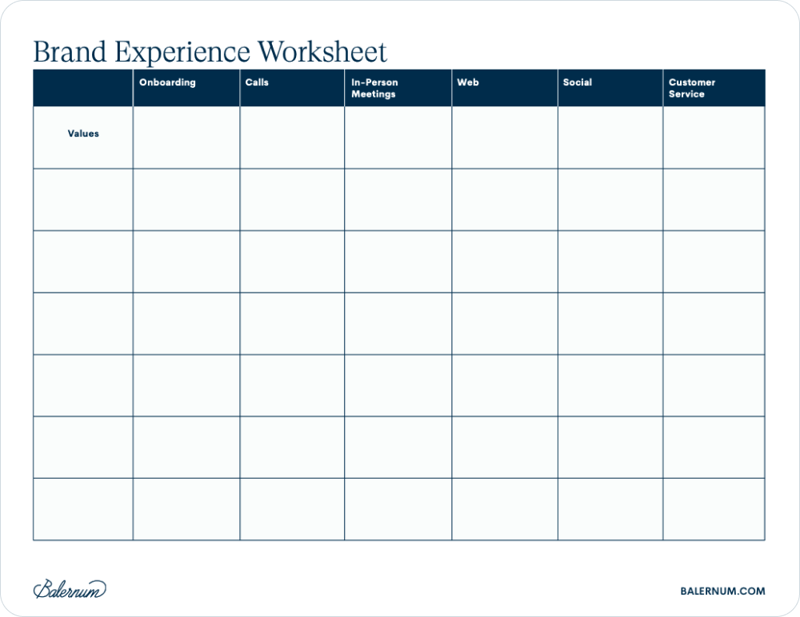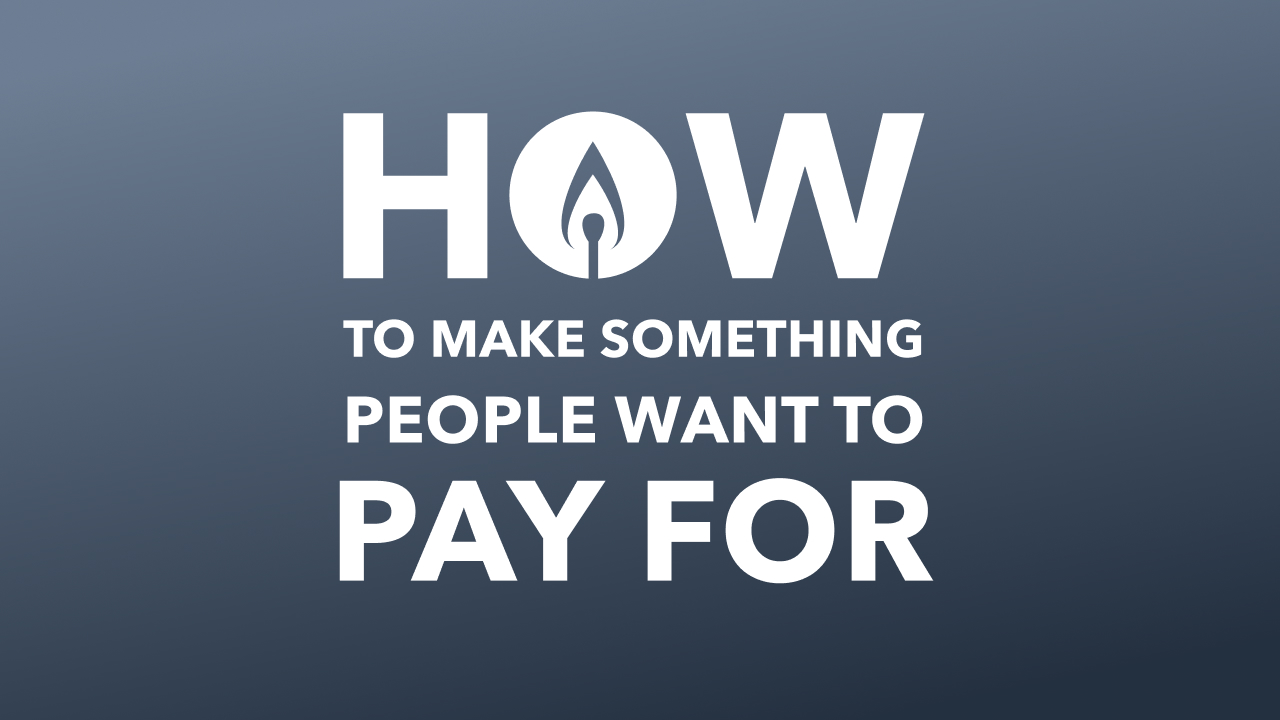Startup Branding: How to Create a Brand that Attracts Customers, Investors & Partners
He discusses how polishing our brand is a key step toward attracting early customers, investors, team members and strategic partners.
Then, explains several different exercises that give you maximum bang-for-your-buck (or in this case, bang-for-your-time) to reach that “good-enough” point where you and your team can confidently make on-brand decisions.
Enjoy the full video, or skip below for a key takeaways.
Also, if you want an expert guide through these types of exercises, you can get in touch with Austin on his GrowthMatch profile.
High-level Takeaways
- It’s helpful to think of your startup brand as “An idea or promise that calls to mind certain traits and stirs up certain feelings”
- To start your startup branding work, first define the feelings you want to stir up in your customers and the traits you want to bring to their minds
- Then figure out what idea or promise would likely stir up these feelings and traits
- To build a startup brand, you must:
- Deliberately make emotional connections with people, earn their trust and then deliver on your promise
- Consistently make decisions according to (aka live by) your core values
- Remember, you’re going to build a reputation either way, good or bad. This is true with brands as well. If you aren’t doing it deliberately, you probably aren’t building the brand (or reputation) you want to build.
- Brands are built through consistency.
- What problem does your brand solve for people? (if it disappeared tomorrow, would there be a hole in people’s lives?)
- People want to stand with brands because of what those brands stand for
- You brand is strengthened when the company and its leaders make hard decisions based on the brand
- If you don’t live out of your core values, you won’t have the brand you want to have.
- In product messaging, one mistake we make is focusing on the differentiators WE care about, instead of focusing on the differentiators that our target customers care about.
Exercises for Startup Branding
1. Brand Purpose
Think of brand purpose as why your brand deserves to exist.
- Gather your core team, ask the following questions, gather the answers and synthesize into a statement of your startup’s brand purpose:
- What problem does our brand (not our product, but our brand) solve for people?
- How does our brand solve that problem for them? How is our brand the answer?
- What’s missing from the lives of people who will love our brand?
- Why are we focused on solving this problem with our brand?
- Why should people care about that?
- What big idea do we stand for?
- What’s the “beating heart”?
“People want to stand with brands because of what those brands stand for.”
Your brand purpose is like a compass. Use your brand purpose as a lens when making decisions. Ask yourself, “Does this align with our brand purpose?” This helps you keep the “right bearing on your compass.”
2. Core Values
Think of your startup’s core values as operating principles, the non-negotiable ways you approach the world.
- Gather your core team, ask the following questions, gather the answers and synthesize into a statement of your startup’s core values. Pick 5 or 6 values at most.
- What are our non-negotiable ways of treating people and doing business?
- What can we not imagine NOT still being true 10 years from now?
- How do we want the brand to show up in the world?
- What principles will guide our decisions?
- Bring your values to life! To help your team use the values as operating principles, a secondary exercise that’s helpful is to map your values against all of the moments when customers touch your brand. You can use a table like the one below (and here’s a link to the Gsheet template). List your values down the left side, all of the instances where a customer will encounter your brand across the top. For each cell, write how you could convey that particular value at that particular touchpoint.

3. Key Differentiators + Positioning
Think of your startup’s core values as operating principles, the non-negotiable ways you approach the world.
- For this exercise, gather your core team and set a target of writing down at least 30 differentiators. Use these questions as prompts:
- What are our strengths, capabilities, operational advantages?
- What unique features or benefits do we deliver?
- What ingredients make up our secret sauce?
- What about key relationships, partnerships?
- What about trade secrets and other IP?
- How do we create meaning and value?
- What makes us stand out? Why?
- Then, filter that large list down with this second round of questions:
- Who loves us the most? (or very early stage, who do we believe is going to love us the most?)
- Which 5-8 differentiators are the most important and valuable to that target audience?
- Be careful not to make the mistake of emphasizing the differentiators that YOU care about, but that your target audience won’t care about
Subscribe To Our Newsletter
Get alerted about Future workshops like this one
More To Explore

How to Make Something People Want to Pay For
Introduction As an entrepreneur, you get lots of generalized advice that’s easy to agree with but hard to follow, because it’s not clear how, exactly,

How to Hire a Content Marketer
If you’re looking to grow your business, it may be time to hire a content marketer to support your operations and marketing strategy.




